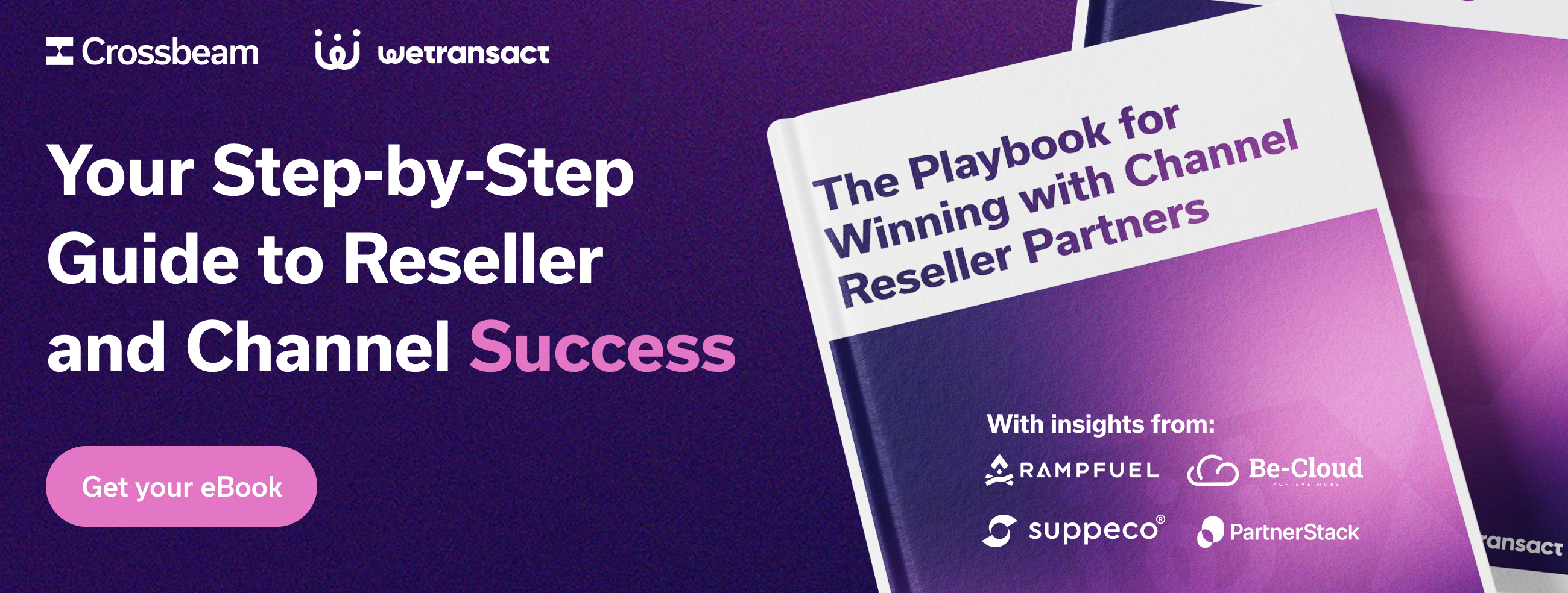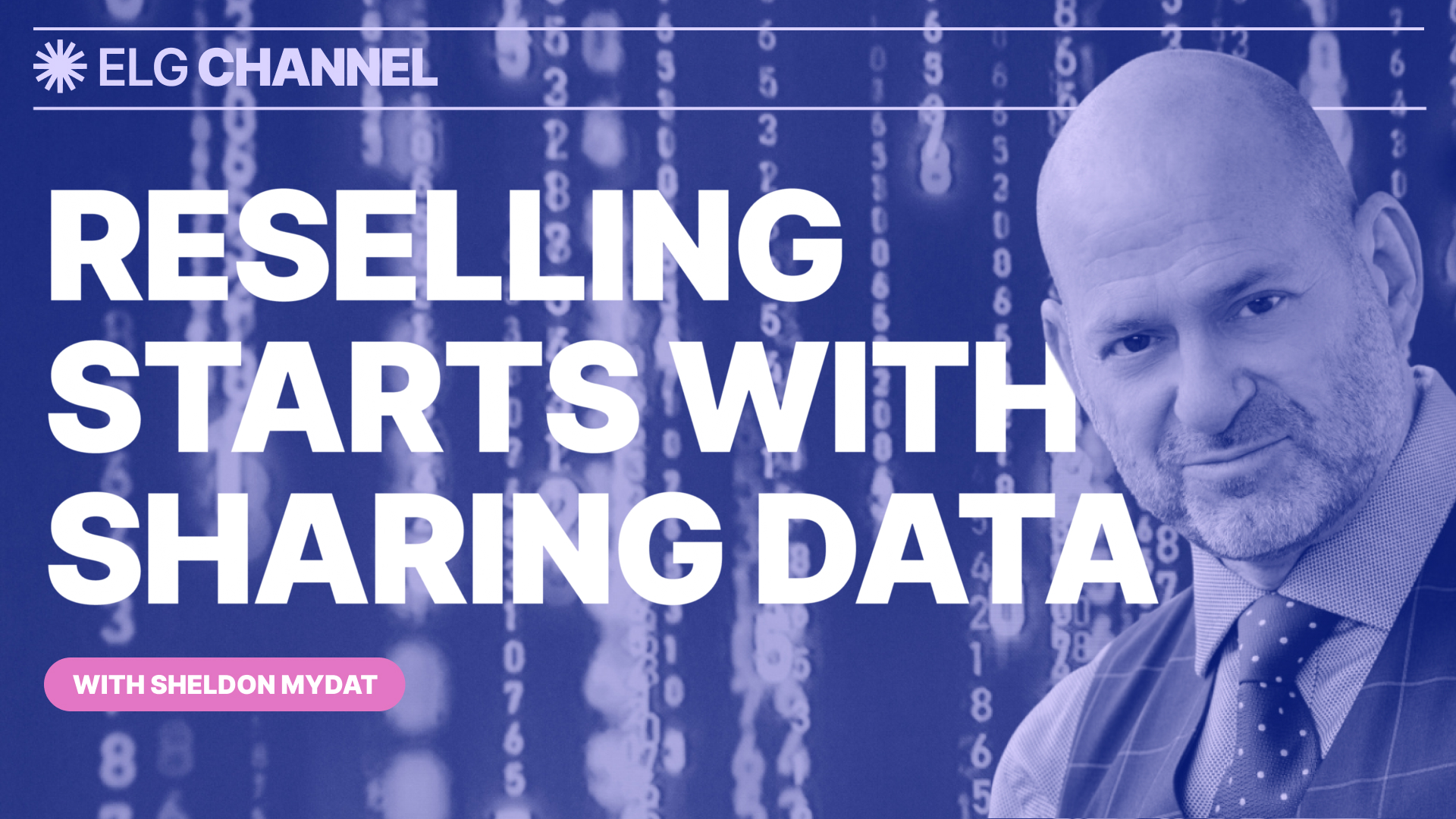Curious about starting a reseller program? Learn more reseller programs and the first steps for getting started.

Growth isn’t just about product features or paid acquisition anymore, it’s about distribution. And few strategies scale distribution like a well-executed reseller program. Rather than building an army of direct sellers, software companies are increasingly leaning into partnerships with third-party resellers to expand faster, reduce acquisition costs, and build customer trust.
Right now, it’s not about adding resellers as a new channel you can sell through, but as a force you have to leverage and sell with.
What is a reseller program (vs. direct sales)?
A reseller program is a GTM strategy where you partner with third-party businesses (resellers) who sell the company’s product as if it were their own.
Instead of selling directly to end customers, you empower trusted partners to manage the entire sales cycle, from lead generation to closing deals, and even providing post-sale support. Unlike direct sales, where your internal team owns the customer journey, reseller programs leverage the trusted relationships and infrastructure of external partners.
The reseller invoices the customer, and you get paid through revenue-sharing agreements, commissions, or wholesale pricing structures.
It’s important to note: all resellers are channel partners, but not all channel partners are resellers. For example, Managed Service Providers (MSPs) or System Integrators (SIs) may not resell your software outright but still influence the sale and deliver services around it.
Why it matters: Trust, scale, cost-efficiency
If you’re wondering whether building a reseller program is worth the effort, consider this: Some of the world’s most successful software companies attribute a significant portion of their revenue growth to ecosystem-led sales.
Let’s break down why reseller programs work and back it with real-world numbers.
1. Market expansion without local overhead
Cracking into new geographies or industries is expensive and slow if you go direct. But resellers already have established customer relationships, local market knowledge, and brand trust.
Example: SugarCRM’s expansion into the Middle East
SugarCRM partnered with Redington Gulf, a regional distributor with access to over 15,000 customers and a network of 34,000 resellers across the Middle East. By leveraging Redington's infrastructure, SugarCRM scaled quickly without having to build a direct presence from scratch.
The result? In 2022, SugarCRM reported a 59% YoY increase in new customers, directly tied to international growth through channel partnerships.
2. Lower CAC, higher LTV
Sales and marketing can eat your margins alive. But with resellers, the cost burden shifts. They generate the leads, close the deals, and often provide customer onboarding and support, all while you stay lean.
Example: HubSpot’s LTV:CAC transformation
Brad Coffey, former Chief Strategy Officer at HubSpot, shared this insight:
“When we segmented our GTM strategies, we saw a LTV:CAC ratio of 1.5 selling directly to very small businesses (VSBs), and a LTV:CAC of 5 when selling through Value-Added Resellers. A year later, we pivoted from 12 direct reps to 25 partner reps, dramatically improving our economics.”
This is a textbook case of how reseller programs can make your revenue more capital-efficient.
Additionally, many channel partners, especially MSPs and VARs, provide implementation services, integrations, or managed support. These services increase product stickiness, reduce churn, and boost customer LTV.
3. Increased revenue without scaling your sales team
Hiring and managing a direct sales team is one of the biggest fixed costs in SaaS. A reseller model allows you to grow revenue without growing headcount.
Distributors and resellers typically drive 70% or more of a tech vendor’s revenue according to the Boston Consulting Group (BCG).
Some of the companies that have seen success through resellers are:
- 95% of Microsoft’s revenue flows through its partners.
- Shopify’s revenue surpassed $1.5 billion in 2019, while its partner ecosystem generated over $6.9 billion.
- Channel partners in Japan contributed to approximately 40% of Zoom’s Japan business in 2020.
- Atlassian’s ecosystem includes more than 700 channel partners that account for one-third of all business.
- In 2019, SecureAuth drove nearly 70% of its business through channel partners and adopted a 100% channel strategy with a 50% year-over-year growth target.
These companies aren’t just outsourcing sales, they’re multiplying their revenue potential without multiplying their internal cost base.
Reseller programs aren’t just a side project anymore, they’re a foundational growth strategy for modern SaaS companies. By leveraging the networks, expertise, and credibility of partners, you can grow faster, sell smarter, and serve customers better, all while keeping costs in check.
Want a full blueprint for building your program?
From pricing models and partner tiers to operational tools and role definitions, building a successful reseller program requires more than just good intentions. You need structure, strategy, and repeatable processes.
Download the The Playbook for Winning with Channel Reseller Partners for a complete guide to designing, launching, and scaling your reseller program.
Whether you're revamping an old channel or launching from scratch, this guide gives you the blueprint to build smarter, grow faster, and scale without burning cash.






.jpg)





.jpg)




.png)






.jpg)





.jpg)

.webp)


















.webp)










































